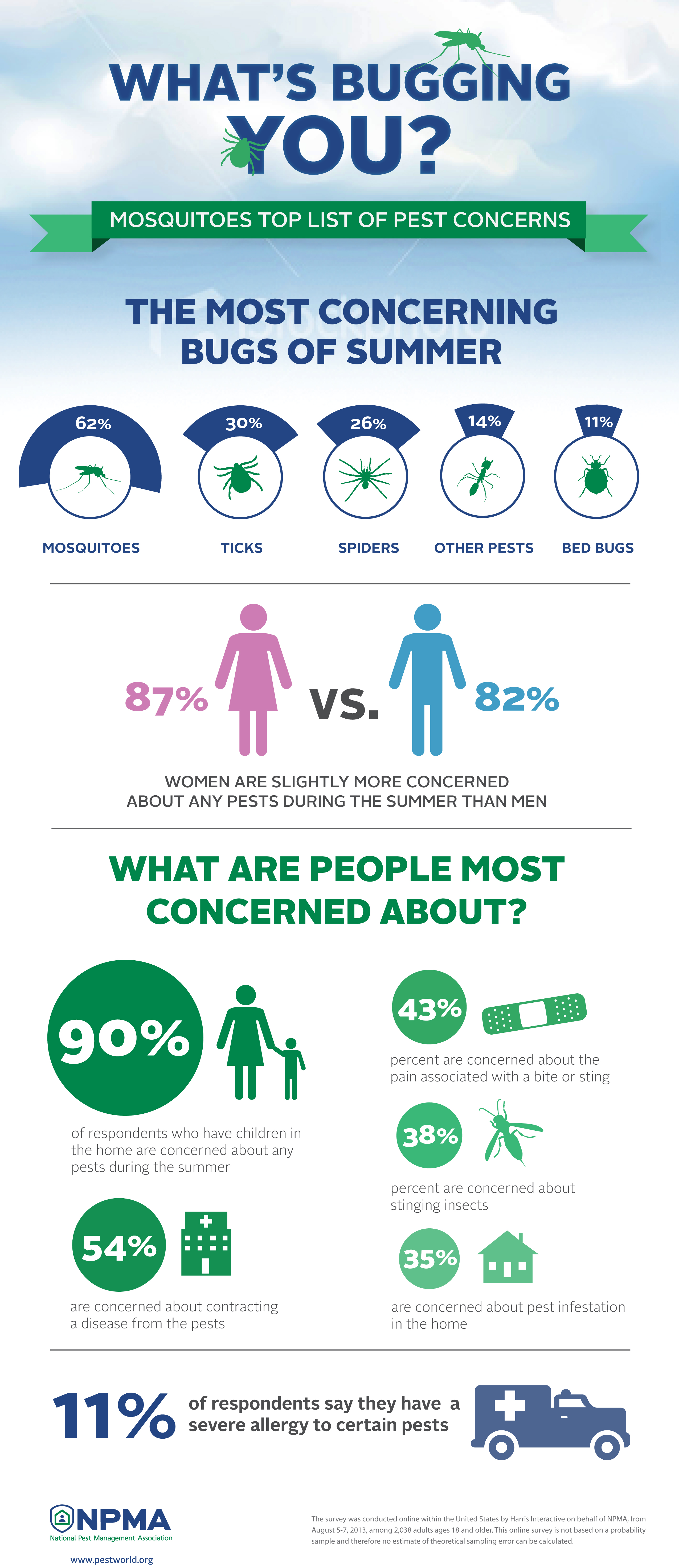The Duty Of Bug Exterminators In Environmental Sustainability
The Duty Of Bug Exterminators In Environmental Sustainability
Blog Article
Short Article Author-Yates Balslev
You might assume that pest exterminators are just worried about removing parasites, however their function goes beyond that. They play a crucial component in environmental sustainability.
By using incorporated pest monitoring techniques, they not only eliminate insects yet likewise protect biodiversity.
In addition, they utilize sustainable parasite extermination techniques to minimize ecological threats.
So, please click for source doubt the significance of insect exterminators, remember their contribution to a greener and healthier earth.
The Importance of Integrated Pest Monitoring
You should understand the relevance of integrated parasite administration in maintaining a lasting atmosphere.
Integrated Insect Management (IPM) is a strategy that concentrates on preventing and controlling pests while decreasing making use of hazardous chemicals. By carrying out IPM strategies, you can successfully handle parasite populaces without causing injury to the environment.
One key aspect of IPM is making use of organic controls, such as killers and bloodsuckers, to naturally manage pest populaces. This reduces the demand for chemical pesticides, which can have harmful impacts on wildlife and environments.
In addition, IPM advertises the use of cultural and physical controls, such as crop rotation and exemption methods, to stop insects from ending up being a trouble to begin with.
Safeguarding Biodiversity With Pest Control
We can protect biodiversity with efficient pest control approaches that focus on the conservation of natural ecological communities. By employing accountable pest control practices, we can safeguard and maintain the fragile balance of types within our atmosphere. Below are three methods which parasite control contributes to guarding biodiversity:
- ** Protecting native vegetation and fauna ** - By targeting invasive types that threaten native plants and animals, pest control assists make certain the survival of indigenous types and keeps the all-natural diversity of communities.
- ** Preventing the spread of illness ** - Managing insects such as insects and ticks reduces the risk of conditions spreading to wildlife populaces, protecting biodiversity and preventing prospective outbreaks.
- ** Conserving endangered varieties ** - By managing insects that take advantage of or take on jeopardized types, bug control initiatives can enhance the chances of survival and advertise the recovery of prone populations.
Through accountable pest control techniques, we can proactively contribute to the preservation of biodiversity and the sustainability of our natural world.
Mitigating Environmental Dangers With Lasting Parasite Extermination Methods
By utilizing lasting insect elimination techniques, you can effectively minimize environmental threats while making sure the security and well-being of both people and the all-natural ecosystem. Traditional insect control techniques usually entail making use of dangerous chemicals that can have detrimental effects on the setting.
However, sustainable insect extermination techniques concentrate on decreasing these risks by utilizing eco-friendly options. For example, incorporated pest management (IPM) strategies focus on using safe and biodegradable items, along with natural predators to control pest populaces. This technique not only lowers the negative influence on the setting but also aids to preserve the delicate balance of the ecological community.
Additionally, sustainable pest extermination methods advertise the preservation of biodiversity by targeting specific bugs without damaging valuable microorganisms. By taking on these techniques, you can add to a more sustainable and environment-friendly approach to pest control.
Rat extermination techniques are the pest exterminator, the guardian of nature's consistency. With integrated insect monitoring, you stabilize the fragile environment, making certain the survival of diverse types.
With lasting approaches, you alleviate environmental risks, maintaining the delicate balance intact.
Like a symphony conductor, you orchestrate the rhythm and circulation, safeguarding the biodiversity that dancings in best consistency.
With every action you take, you develop a world where nature flourishes, where pests pull away, and where sustainability preponderates.
